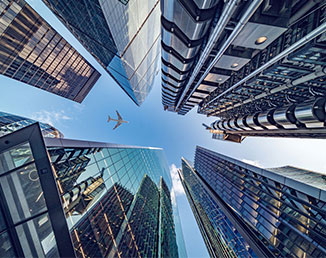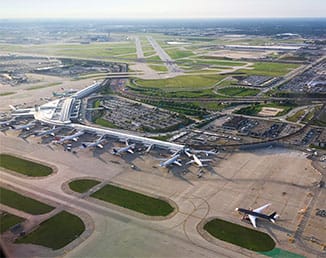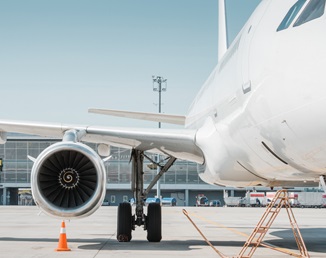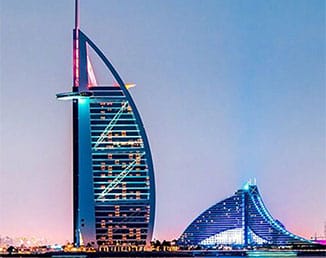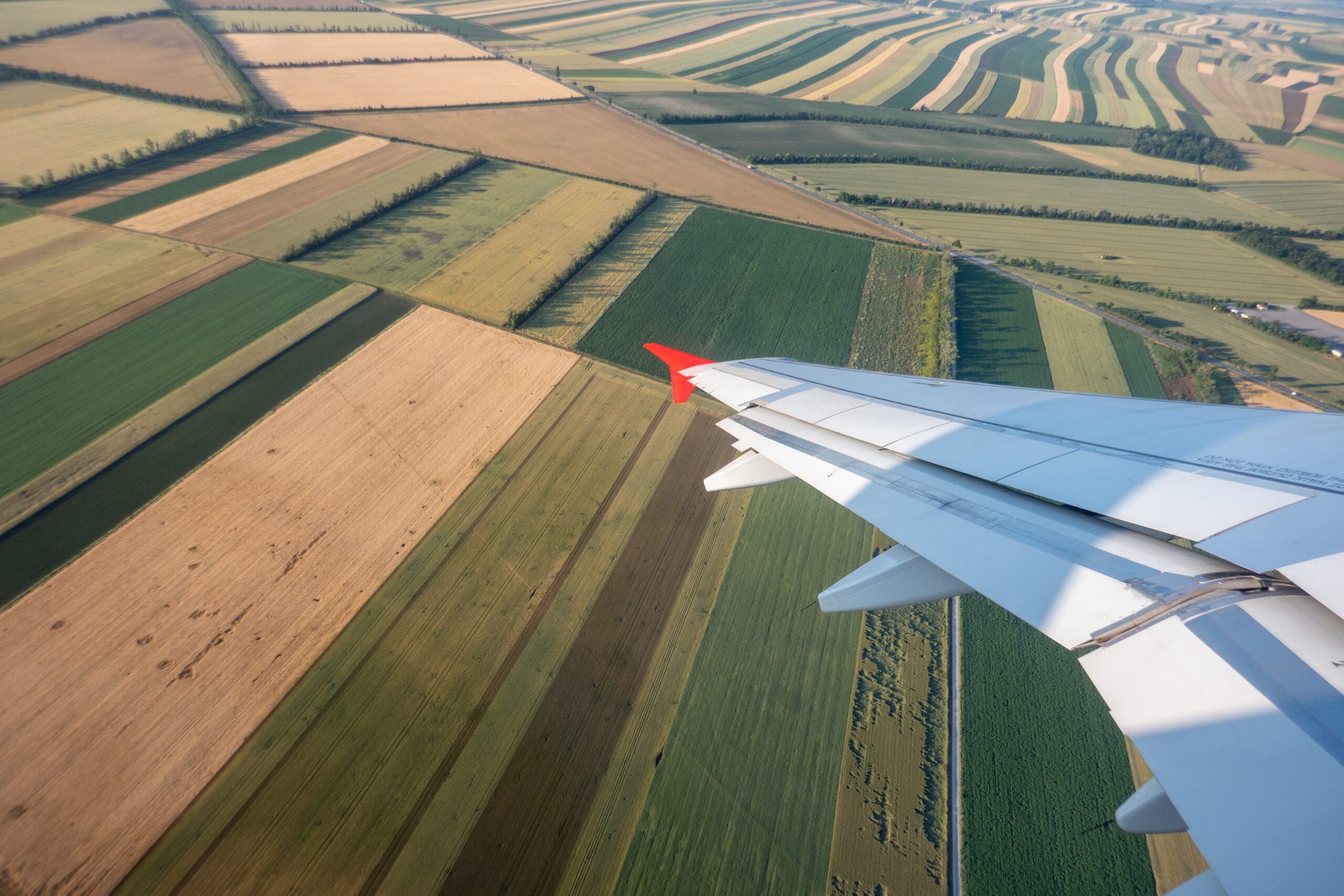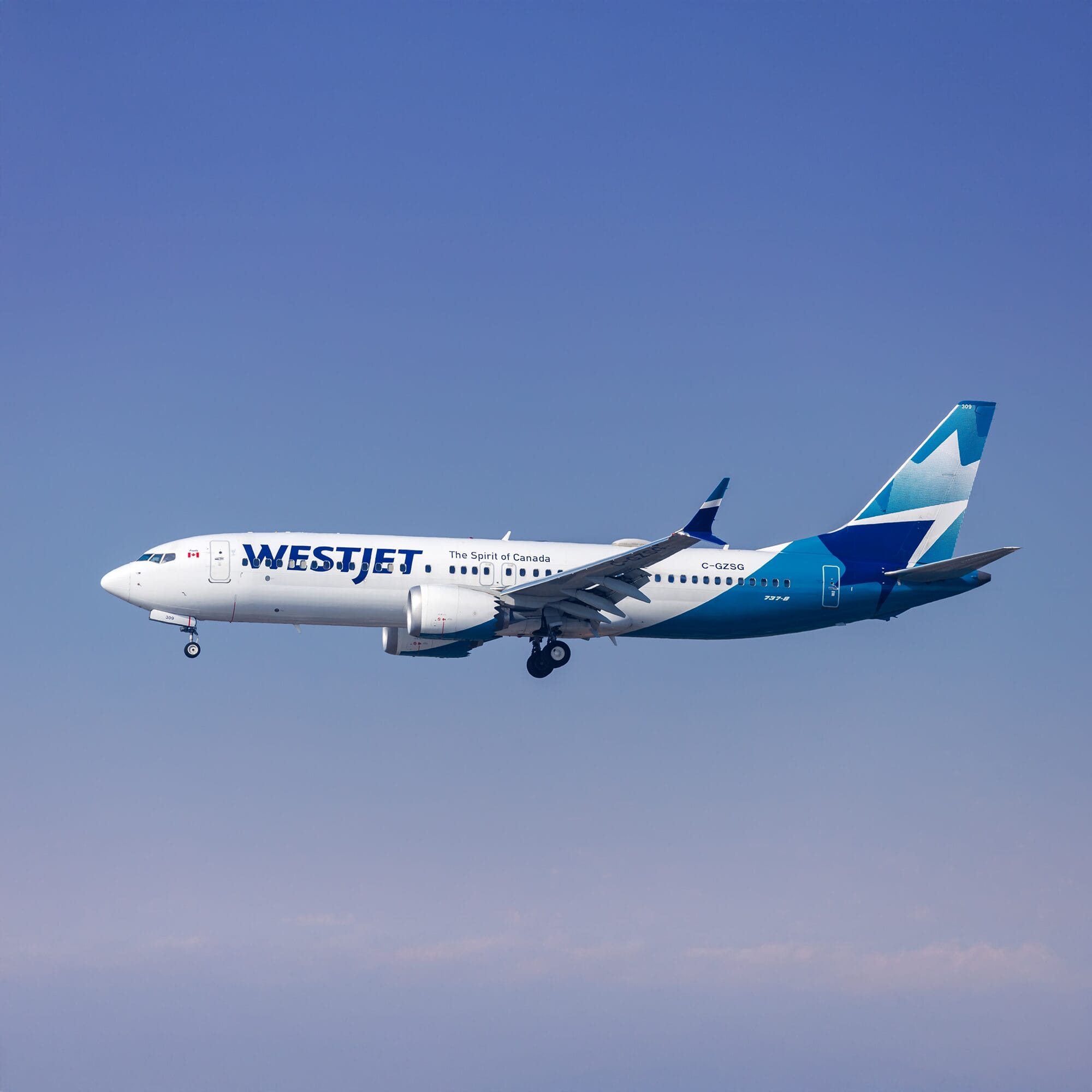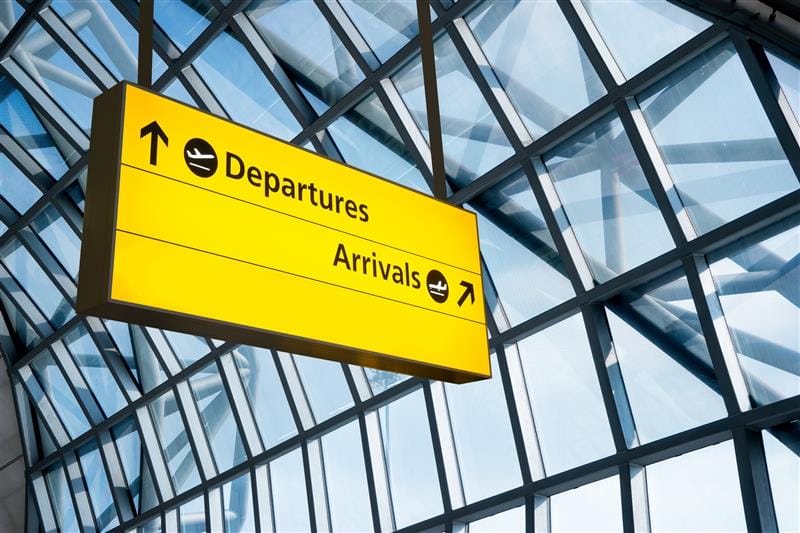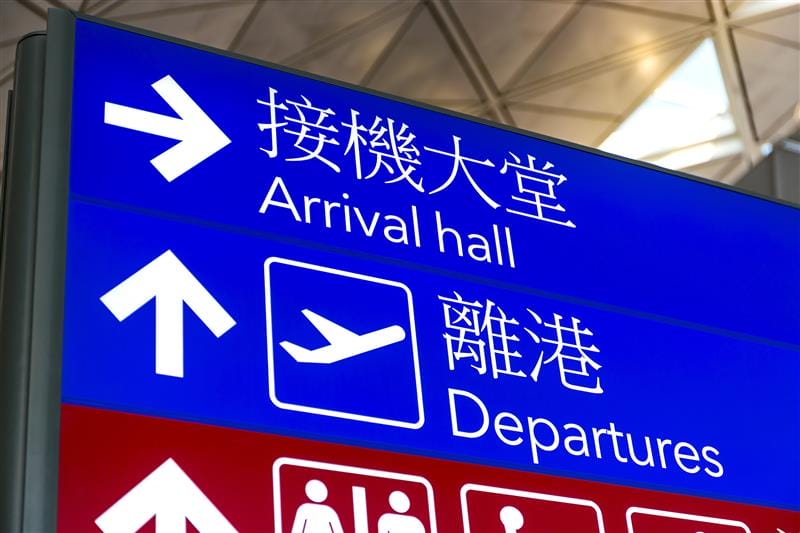While the aviation industry continues to invest in sustainable fuels and new aircraft technologies, a quieter transformation is already taking place—and it’s happening inside the cabin.
New analysis from Cirium’s EmeraldSky platform reveals the extent to which seating density has a measurable and immediate impact on carbon emissions.
In fact, some carriers are already achieving more than 25% reductions in CO₂ emissions per available seatkilometer (ASK)—not by changing what they fly, but by rethinking how they use space.
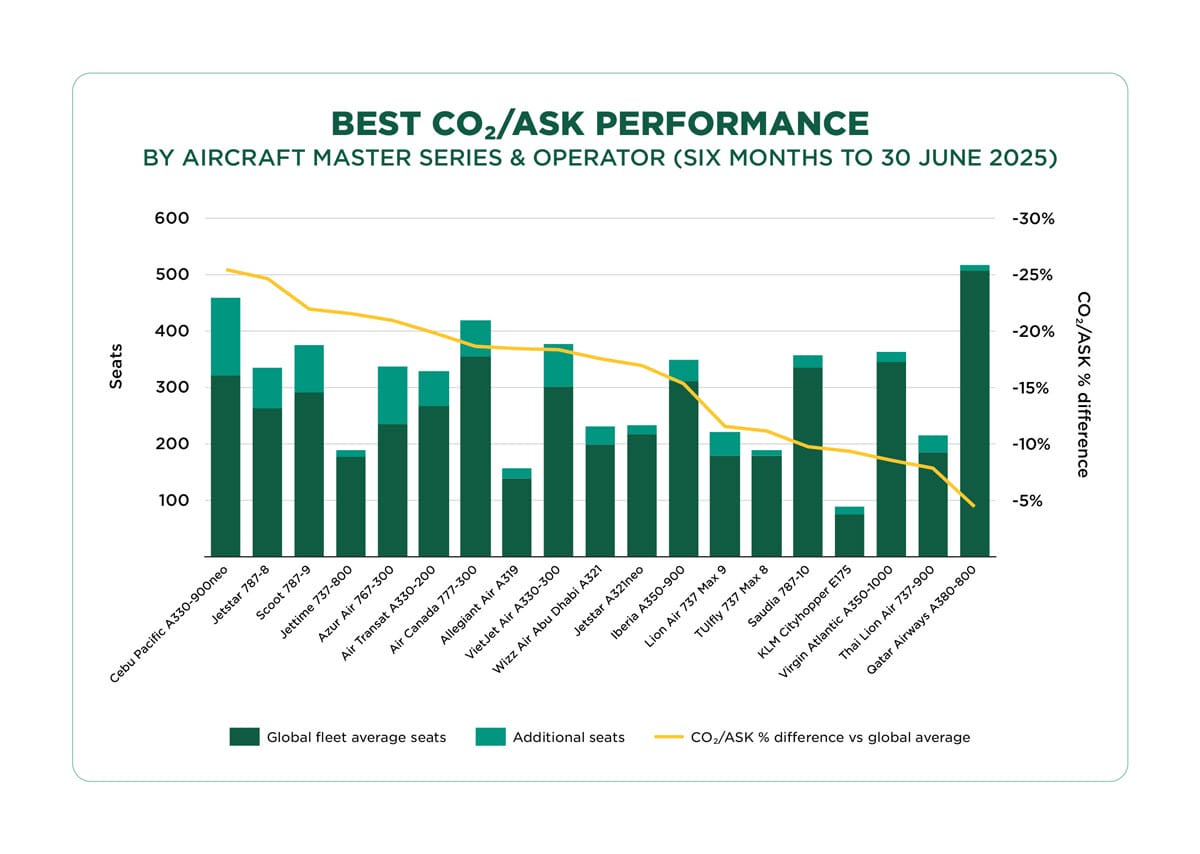
At first glance, this may seem counterintuitive. Denser cabins are often viewed purely through the lens of passenger comfort. But from an environmental standpoint, increased seating capacity plays a powerful role. The principle is simple: once an aircraft is airborne, the fuel burn is largely fixed. The more seats available to share that load, the lower the per-passenger emissions.
A compelling case study comes from Cebu Pacific, which operates the A330-900neo with a configuration that includes 459 seats—138 more than the global average for that aircraft. The impact is significant: the same aircraft, same route, same engines, but a markedly lower environmental footprint. It’s one of the clearest examples of how operational choices—when paired with existing fleet assets—can drive progress.
This insight challenges conventional thinking. We often equate environmental innovation with breakthrough technology or long-term R&D timelines. But the data tells us that optimization, even at the configuration level, can deliver meaningful gains—today. No regulatory overhaul required. No new infrastructure. Just better use of what already exists.
That’s not to downplay the importance of new propulsion systems or SAF development. But it does underscore the need to broaden the sustainability conversation.
Efficiency isn’t just an engineering challenge— it’s a design and planning opportunity.
And for carriers under pressure to meet net-zero targets while managing capacity growth, this kind of flexibility matters.
There’s also a strategic dimension here. In an increasingly emissions-conscious market, the ability to demonstrate efficiency— whether through route planning, aircraft utilization, or cabin design—can become a competitive differentiator. It signals intent, capability, and a willingness to rethink the fundamentals.
Of course, the trade-offs are real. High-density cabins may reduce individual
emissions, but they also test the limits of passenger comfort. For some operators, the balance will depend on the market, the mission, and the brand. But from a sustainability standpoint, the results are clear:
emissions performance isn’t just about what you fly, but how you configure it.
Want to understand how your fleet compares?
Cirium’s EmeraldSky platform offers emissions benchmarking across aircraft types, routes, and cabin configurations. Whether you’re looking to validate internal sustainability claims, support investor reporting, or identify optimization opportunities, EmeraldSky helps connect operational choices to measurable climate impact.
To learn more, or to request a customized analysis, reach out to our team or visit cirium.com/emeraldsky.



















